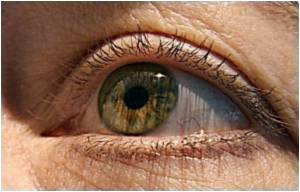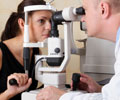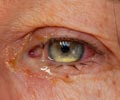Cataract surgery does not merely improve the vision and quality of life for the elderly, it can also reduce the number of car crashes.

Cataract — when the eye’s crystalline lens becomes clouded and hardens — is the leading cause of vision impairment in older people. By age 60 many people have some lens opacity, and by 70 nearly all have cataract in one or both eyes. Surgical removal of cataract followed by implantation of intraocular lenses dramatically improves vision for most patients.
In Dr. Ng’s study, 27,827 patients who had a cataract removed from one eye between 1997 and 2006 were included. Patient records were linked to the Western Australian Road Injury Database to identify those involved in a motor vehicle crash 12 months prior to and 12 months following their surgery dates. All patients were aged 60+ years. The majority of patients involved in crashes were males aged 70-79 who lived in metropolitan areas. Dr. Ng’s research colleagues were based at Curtin University and the Eye & Vision Epidemiology Research Group.
“We found cataract surgery reduced the frequency of all crashes by 12.6% after accounting for other potential confounders, ” Dr. Ng said, “and the cost savings from this reduction amounted to AUD $4.3 million. Each operation saved about $150 in crash costs. By including all crashes rather than just fatal and hospitalization crashes, all possible benefits of cataract surgery were taken into account.”
In Australia and other countries, people often have to wait weeks or months to receive surgery after cataract is diagnosed. This study argues that this delay significantly impacts not only patients’ quality of life, but public safety and healthcare, and property costs. The authors say research is needed to compare crash rates before and after cataract surgery on patients’ second eyes.
The findings were presented recently at the Scientific Program of the 2010 American Academy of Ophthalmology (AAO) — Middle East-Africa Council of Ophthalmology (MEACO) Joint Meeting.
Advertisement
Source-Medindia












